Fife Free Press 150th anniversary: Deadlines met and friendships forged at Kirk Wynd
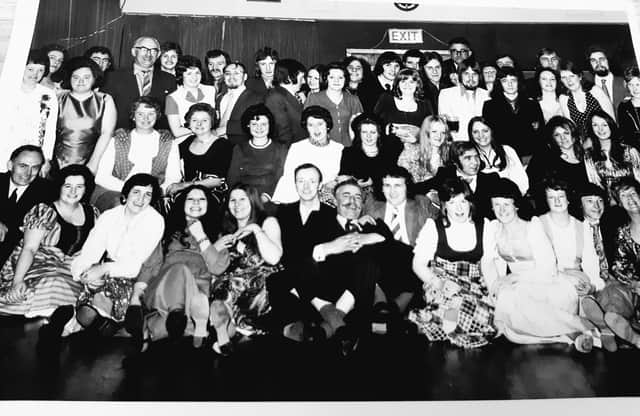

As well as becoming the head office of the company’s growing media operations across the Kingdom, it was home to the reporters, photographers, advertising teams and administrative departments.
For almost 50 years it was also where the papers were produced – the building which sits on the corner of Hunter Street saw hundreds of thousands of copies collated, produced and printed until the opening of a major print plant at Mitchelston Industrial Estate.
Advertisement
Hide AdAdvertisement
Hide AdThe Press started out in Hill Street and then moved to Redburn Wynd as the need for bigger premises became apparent.
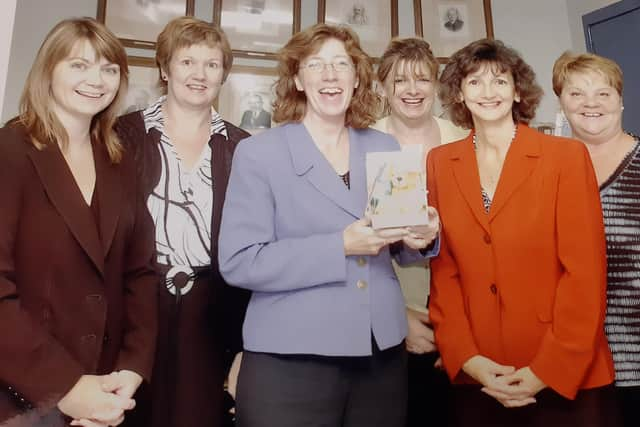

But the relocation brought problems. High tides saw waves crash over the Sands Road and flood the printing area.
More than once, water lapped around the machinery and furniture was awash with the grey salty swirl.
Resourceful as ever, the production team grabbed duckboards as makeshift rafts and moved around with the skill of experienced gondoliers!
Advertisement
Hide AdAdvertisement
Hide AdAs the Press grew, another flit beckoned into Kirk Wynd – moving in as Allen Litho vacated the premises.
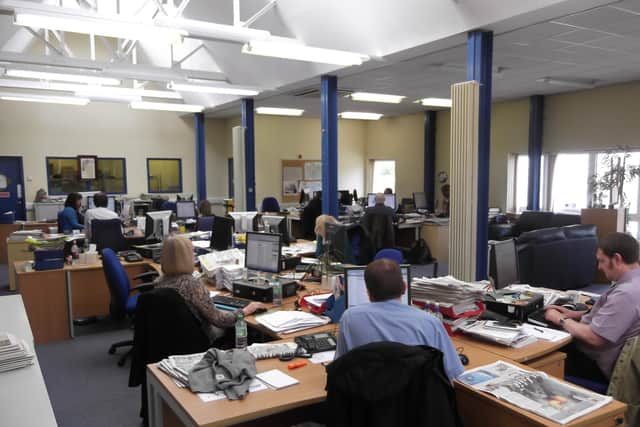

That led to the first Goss printing press capable of printing 26,000 copies in an hour, folded and counted in dozens, ready for dispatch.
Kirk Wynd also saw the first linotype setting machines. This was a big step forward on the production side.
Up until then, all news and adverts were set by hand. Each letter and space was assiduously assembled day in day out and all with the pressure of meeting deadlines.
Advertisement
Hide AdAdvertisement
Hide AdThe newspaper’s archives in the library and the bound volumes are silent tribute to the dexterity and patient craftsmanship of many skilled craftsmen.
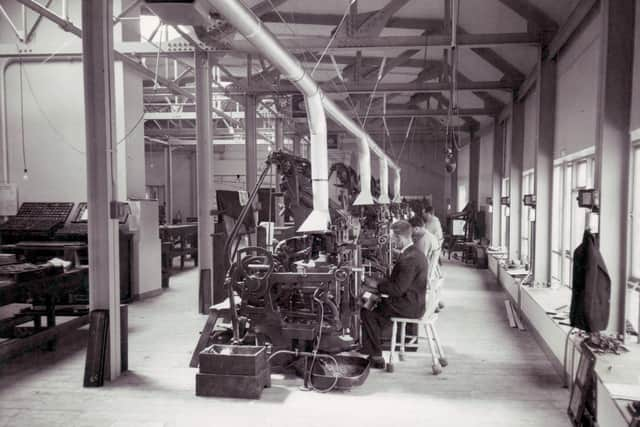

Fife Free Press at 150: Kirkcaldy's penny paper which became an...Fife Free Press foundations:: Responsible leadership and staff loyalty
In 1920 the business became a limited liability company, and then celebrated its golden jubilee in 1921.
By then it had already reported on one world war in which over 900 Kirkcaldy servicemen died out of a total of 7000 who rallied to the colours. Every single week, the Press ran a roll of honour which honoured the dead, the missing and those mentioned in dispatches. The tributes still make for poignant reading to this day.
Advertisement
Hide AdAdvertisement
Hide AdThe General Strike of 1926 saw the paper fail to appear – the May 8 edition didn’t print.
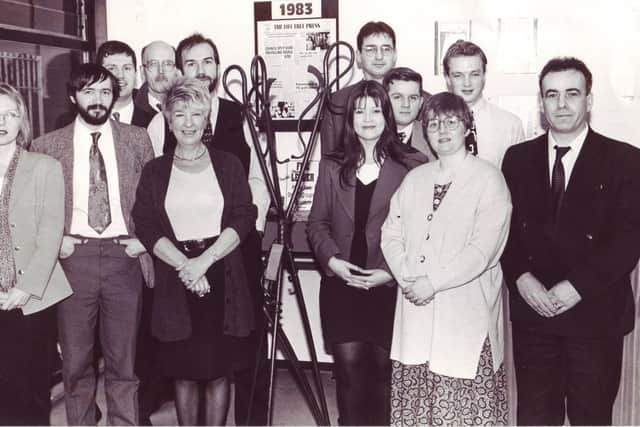

A condensed version appeared the following week with the statement: “Never in the history of industry had newspapers been affected by the cataclysmic disaster that engulfed everyone and the press went down in the torrent.
“For between 55 and 56 years the Press had appeared with the regularity of the solar system.
“Our May 8 edition did not appear. Our readers were frankly incredulous. Was it possible the paper had ceased publication? It was, and that weekend was the first experienced by many a lifelong friend at home and abroad.”
Advertisement
Hide AdAdvertisement
Hide AdThe Press endured through World War II shortages and censorship, and expanded with the addition of the Leven Advertiser, but halted again in 1959, this time for six weeks while craftsmen and printers went on strike.
The dawn of the 1960s saw a second rotary press added to produce a 32-page broadsheet – a two section affair which had its critics and supporters.
The same mixed response followed when the Press decided to split into two sections in the early 2000s; a move quickly abandoned!
Advertisement
Hide AdAdvertisement
Hide AdNovember 1962 saw “careful planning and secretive preparations” result in the launch of the Glenrothes Gazette, Leslie and Markinch News and, five years later, Kirk Wynd underwent a major expansion.
Thomas Armstrong, Kirkcaldy architect, designed the new glass fronted three storey building which replaced the 17th century house which stood there.
William B Livingston, joint managing director, hailed it as “a memorable day” for the company.
By the end of the decade, the company made another big move, taking its printing facility out of Kirk Wynd and into a new press hall at Mitchelston.
Advertisement
Hide AdAdvertisement
Hide AdThe new advanced factory had two modern, four-unit Hoe presses capable of producing newspapers of up to 64 pages.
Getting there was a military operation which took 13 hours.
Many townspeople gathered on that memorable night of September 25 to watch the proceedings in Kirk Wynd with deep interest and not untinged at times with a degree of awe.
After all, it was not every century that you saw nine linotype machines, each weighing nearly two tons, being hoisted out of a first floor office on a six-foot high job crane, and brought down on to a low loader transporter for a journey to the other end of town.
The decade ended with another significant change.
The entire share capital of Strachan and Livingston was bought by F. Johnston & Co, publishers of the Falkirk Herald and other weekly newspapers across Scotland.
Advertisement
Hide AdAdvertisement
Hide AdWilliam Livingston continued as chairman, with Harold Livingston appointed sole managing director.
The link with Johnston was to last for decades - the company became Johnston Press and then JPIMedia until its take-over just weeks ago by National World.
The 1980s saw new faces at the helm as Mr Livingston retired.
They included Stuart McPherson, David Devoto, Leon Vyrva – who rose from the ranks of the reporters to become editor – Richard Bell, and Scott Henderson.
Advertisement
Hide AdAdvertisement
Hide AdAs the upper tier of the company changed, the MD’s office was ultimately left vacant as overall responsibility for its running moved across the Forth to Edinburgh.
But, for many, the Fife Free Press and Strachan and Livingston remain firmly intertwined – a tribute to the two men whose vision and commitment ensured the presses rolled on that first edition 150 years ago.